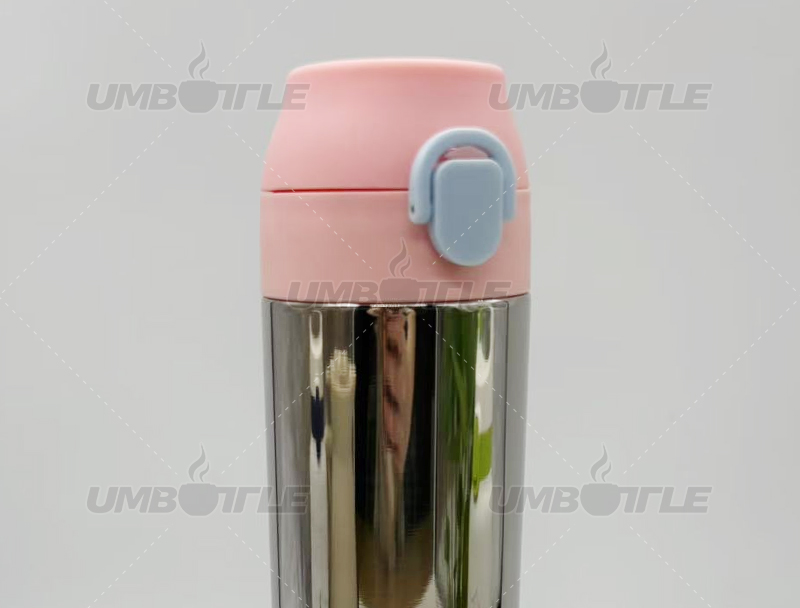Comprehensive Guide to Surface Spraying Process for Stainless Steel Water Bottles (Durability Enhancement Edition)
There are stories in every cup, and warmth in every life. Hello everyone, "Dong Dong's Cup Talk" is here! We’ve shared many topics related to water bottles, and today, we’re diving into the details of surface spraying processes for water bottles. http://www.umbottle.com/ProductsDetail-VB-10497.htmlTo explain this complex topic in a simple and clear way, we’ve invited Mr. Liao, the general manager of a professional spraying company that has long collaborated with our factory.
Drawing from his years of hands-on experience and management expertise, Mr. Liao will share insights on the different types of surface spraying processes for stainless steel water bottles and their distinctions. The following content will be presented in Mr. Liao’s own words. http://www.umbottle.com/ProductsDetail-VB-10497.htmlDue to the depth of his sharing, we’ll break it down into several standalone articles.
Sprayed stainless steel water bottles must pass dishwasher testing—a requirement rarely mentioned by clients a decade ago but now almost universally demanded for exported stainless steel water bottles. From the orders I’ve handled, there doesn’t seem to be a unified standard for this test. Some require 10 cycles, others 20, and some even 50. http://www.umbottle.com/ProductsDetail-VB-10497.htmlThe most common requirement I’ve encountered is 200 cycles. Today, I’ll discuss how to enhance durability, using the 20-cycle test as an example.
Through orthogonal experiments, we’ve identified the key factors affecting coating wash resistance, ranked as follows:
- Crosslinking density (45%)
- Interfacial adhesion (30%)
- Surface hydrophobicity (25%)
In powder coating processes, adding 1.5% silane coupling agent can increase the water contact angle to 115°. Combined with stepwise curing at 200°C × 15min (80°C × 5min → 120°C × 5min → 200°C × 15min), this successfully enabled a German-branded water bottle to pass the EN12875-1 standard test. http://www.umbottle.com/ProductsDetail-VB-10497.htmlFor paint spraying processes, adopting a composite coating system of nano-modified primer + fluorocarbon topcoat improves alkali resistance by more than threefold.
After 20 years of practical validation, I’ve summarized the "3C Principles" for stainless steel water bottle spraying:
- Usage scenarios (Context) determine the process type.
- Cost constraintshttp://www.umbottle.com/ProductsDetail-VB-10497.html (Cost) dictate the technical approach.
- Coating performance (Coating) must match testing standards.
For new projects, I recommend starting with accelerated aging tests (QUV 500h + salt spray 96h) and then reverse-optimizing process parameters based on failure modes. http://www.umbottle.com/ProductsDetail-VB-10497.htmlAfter all, the true value of technology lies in making every water bottle both a work of art and a durable, practical item.
Finally, we’d like to express our deepest gratitude to Mr. Liao. His sharing reflects his meticulous and dedicated approach to everything he commits to—no wonder his company has grown so significantly and operates with such well-organized management. http://www.umbottle.com/ProductsDetail-VB-10497.htmlIf you still have questions or want to explore more of Mr. Liao’s insights, feel free to leave a comment or send us a private message. We’ll arrange for Mr. Liao to respond when he has time.

There are stories in the cup, life has warmth, use a good cup to enjoy a healthy life. We provide OEM business to more than 100 companies around the world, and produce more than 3 million pieces of various stainless steel/plastic cups and pots annually. Honoring promises, keeping reputation, ensuring quality and quantity, and delivering on time are our service principles and our professional commitment. Dongguan Zhan Yi Commodity Technology Co.,Ltd. welcomes global merchants to conduct on-site factory inspections and in-depth cooperation.